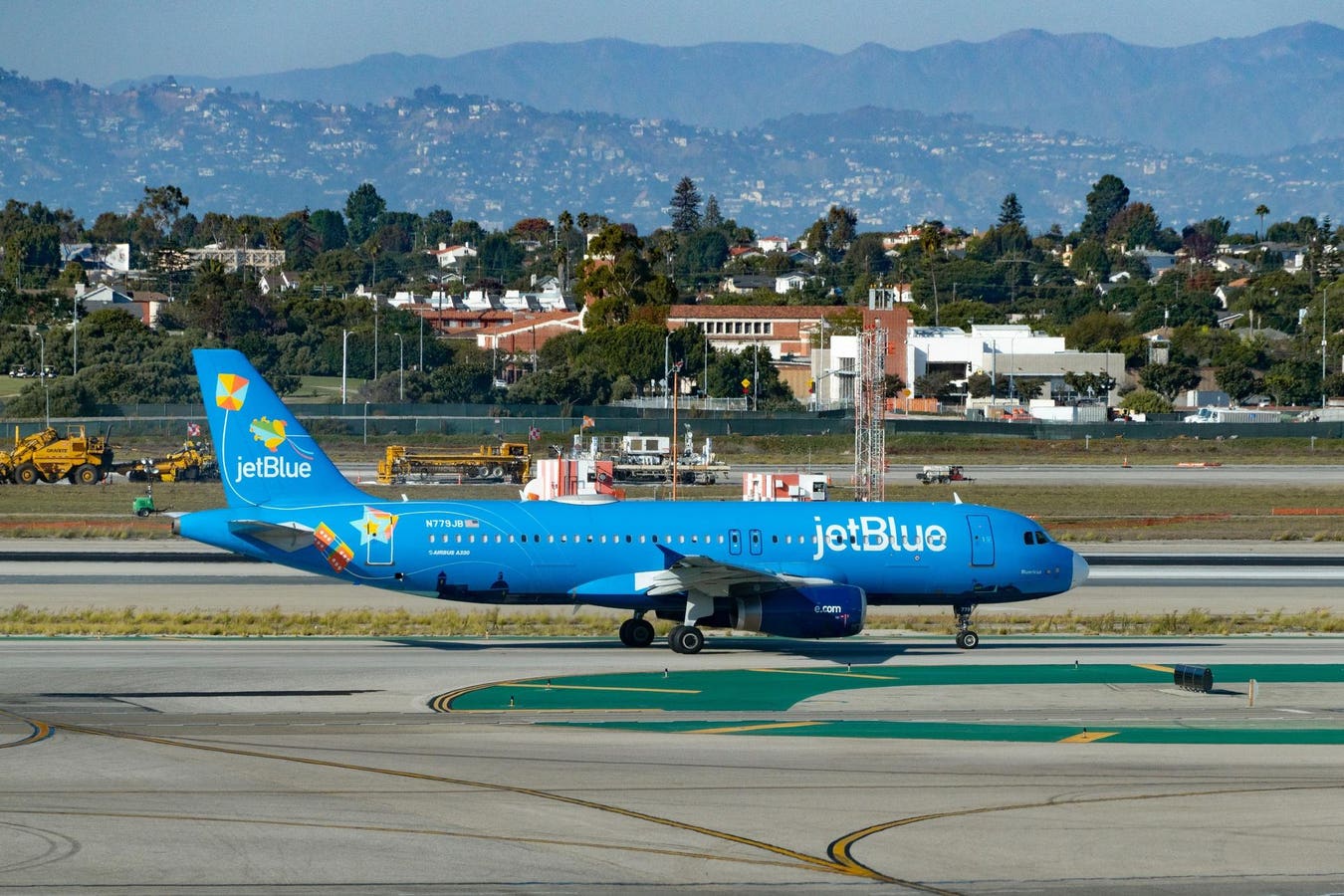After a 35% fall this year, JetBlue Airways stock (NASDAQ
NDAQ
JBLU stock has suffered a sharp decline of 75% from levels of $15 in early January 2021 to around $4 now, vs. an increase of about 20% for the S&P 500 over this roughly 3-year period. Notably, JBLU stock has underperformed the broader market in each of the last 3 years. Returns for the stock were -2% in 2021, -54% in 2022, and -35% in 2023. In comparison, returns for the S&P 500 have been 27% in 2021, -19% in 2022, and 19% in 2023 – indicating that JBLU underperformed the S&P in 2021, 2022, and 2023.
In fact, consistently beating the S&P 500 – in good times and bad – has been difficult over recent years for individual stocks; for heavyweights in the Industrials sector including UNP, BA, and UPS, and even for the megacap stars GOOG, TSLA, and MSFT.
In contrast, the Trefis High Quality Portfolio, with a collection of 30 stocks, has outperformed the S&P 500 each year over the same period. Why is that? As a group, HQ Portfolio stocks provided better returns with less risk versus the benchmark index, less of a roller-coaster ride, as evident in HQ Portfolio performance metrics.
Given the current uncertain macroeconomic environment with high oil prices and elevated interest rates, could JBLU face a similar situation as it did in 2021, 2022, and 2023 and underperform the S&P over the next 12 months – or will it see a recovery? Going by its valuation, JBLU appears to have ample room for growth, as discussed below.
JetBlue primarily earns its revenues from commercial flight operations and other ancillary services such as freight and mail. The rise in revenues over the recent years can be attributed to a rebound in air travel demand, with passenger traffic and ticket yield rising meaningfully in the last few years. JetBlue’s available seat miles plunged from 63.8 million in 2019 to 32.7 million in 2020 before rebounding to 68.0 million in the last twelve month period. The company’s passenger revenue per average seat mile fell from 12.20 cents in 2019 to 8.36 cents in 2020 before rebounding to 13.29 now. The demand for air travel is expected to remain high in the near term, boding well for JetBlue in the near future. However, the average ticket price has also cooled this year while overall capacity has expanded. The PRASM stood at 14.89 cents in Q3’23, reflecting a 14% y-o-y decline. JetBlue’s operating margin stood at 9.5% in 2019, before the pandemic, and it fell to -63.2% in 2020 before recovering to -4.6% in 2022. Our JetBlue Airways Operating Income Comparison dashboard has more details.
Looking at valuation, we find that JBLU stock has more room for growth. We estimate JetBlue Airways’ Valuation to be $5 per share, about 20% above the current market price. JetBlue stock has been weighed down over the last year or so owing to concerns around its proposed acquisition of Spirit Airlines
SAVE
While JBLU stock appears to have more room for growth, it is helpful to see how JetBlue Airways’ Peers fare on metrics that matter. You will find other valuable comparisons for companies across industries at Peer Comparisons.
Invest with Trefis Market Beating Portfolios
See all Trefis Price Estimates
Read the full article here





